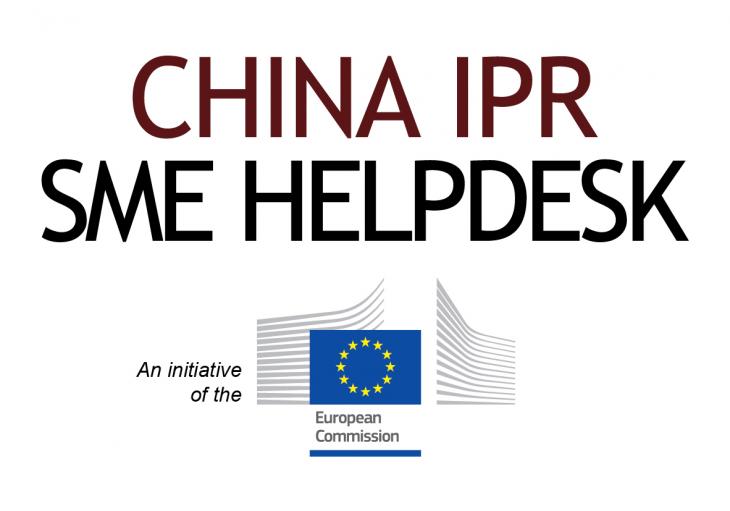Design patents and utility models in China
China remains among the top destinations for any business looking to internationalise as the business environment continues to evolve in both production and consumption.
This increase in supply and demand is shown through the rise in the production of sophisticated manufacturing products and complex services, matched by a growing affluent domestic consumer base who require state-of-the-art, internationally popular brands and products.
The considerable development in the IPR system in China, within the last decade, also supports the notion of doing business in China, despite stories of Chinese counterfeits and brand infringements seen in international media.
This is propelled to a large extent by domestic industries innovating like never before and keen to protect their new technologies, as well as those submitting as many IPR filings as possible to improve their status or satisfy local government innovation drives.
Whatever the reason, the number of patent applications shows the trend clearly: a 20.5% year-on-year increase for 2015 to more than 1,124,000 applications. Also, foreign patent applications are increasing fast, boasting a 14.9% year-on-year increase for 2015.
Although patents are commonly the most complex and time-consuming type of IPR when it comes to registration, China not only offers the more traditional invention patent type, but also design and utility model variants. These additional patent types are a significant plus to businesses looking to protect their intellectual assets, as they typically require a less stringent level of innovation and are granted much faster.
Design patents
Due to the difference in regional systems, many foreign companies do not know how to protect their product designs in China. For example, while in Europe a business can seek protection for original work as either a registered or unregistered community design, in China no protection is offered to unregistered designs – they must be registered as patents.
A Chinese design patent provides exclusive use of the aesthetic features of a product for 10 years; that is, protection of the way a product looks as opposed to how it functions. According to China’s Patent Law, a design is defined as “the shape, pattern, or the combination thereof, or the combination of the colour with shape and pattern, which are rich in an aesthetic appeal and are fit for industrial application.”
However, it should be noted that trademarks and parts of a design which cannot be used or sold separately cannot be registered.
In addition, two products with different functions but which appear the same may be covered by the same design patent. For example, the same design patent could apply to two generations of mobile phones with the same external appearance but different functionality. The only condition is that all products covered by that design patent must be capable of being sold or used independently. As such, retail spare parts can be protected by design patents in China.
Utility models
If design patents are seen as complements to invention patents, utility models can be viewed as their lighter alternatives.
By formal definition, utility models are granted for new technical solutions relating to the shape and/or structure of an object. In practice, this covers most of the requisites of an invention patent, excluding non-material innovations (i.e. operational processes). The major difference between the two is that utility models require a lesser degree of inventiveness.
This similarity in scope has resulted in mass application for patents under a ‘double-filing’ strategy, whereby a single innovation is applied for under both types followed by the abandonment of the utility model if and when the invention patent is officially granted.
This way, the applicant can benefit from the early patent protection granted by the utility model (usually approved within one year as opposed to three to five years), as well as the longer-term protection granted by the invention patent (exclusive rights for twenty years as opposed to ten).
However, this is not just a loophole for gaining protection as soon as possible. Theofficial procedure requires that parallel applications be filed on the same day accompanied by a declaration that such a filing was made.
Managing assets under China’s patent laws
It is extremely important to consider the unique features of the Chinese patent system for any business with an evolving portfolio of innovations.
Pre-emptive action is not just recommended but a must, given that patentability requirements include non-disclosure of an innovation. It cannot be publicly published anywhere in the world prior to application.
Additionally, for any potential invention patent, it is recommended to undertake the double-filing route to gain protection as soon as possible. Double-filing means that the company applies simultaneously for an invention patent and a utility model patent. Since utility model patents are granted faster than invention patents, the company could start enjoying utility model protection while waiting for the invention patent to be granted.
The market value of technology can only be assured if it has enforceable protection.

The China IPR SME Helpdesk supports small and medium sized enterprises (SMEs) from European Union (EU) member states to protect and enforce their Intellectual Property Rights (IPR) in or relating to China, Hong Kong, Macao and Taiwan, through the provision of free information and services. The Helpdesk provides jargon-free, first-line, confidential advice on intellectual property and related issues, along with training events, materials and online resources. Individual SMEs and SME intermediaries can submit their IPR queries via email (question [at] china-iprhelpdesk.eu ( )) and gain access to a panel of experts, in order to receive free and confidential first-line advice within 3 working days.
The China IPR SME Helpdesk is an initiative by the European Union
To learn more about the China IPR SME Helpdesk and any aspect of intellectual property rights in China, please visit our online portal at http://www.ipr-hub.eu/.
